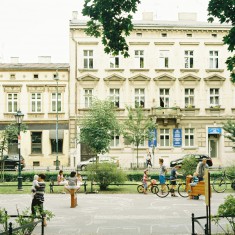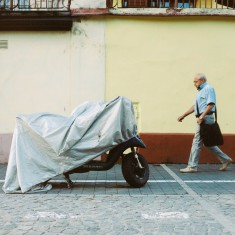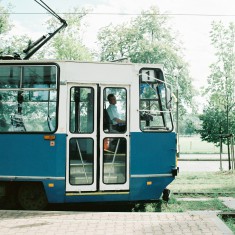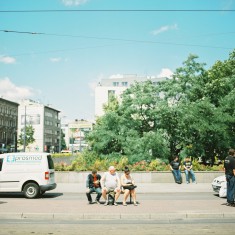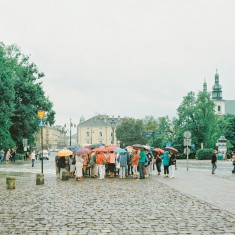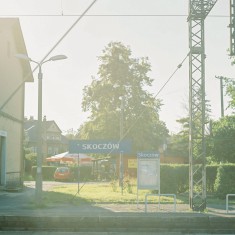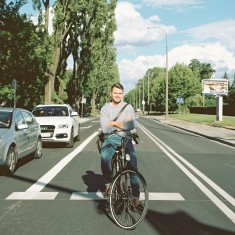RABBIT FUR AND WOOL FELT HAT BODIES
ラビットファーとウールのフェルト帽体/POLKAP 社
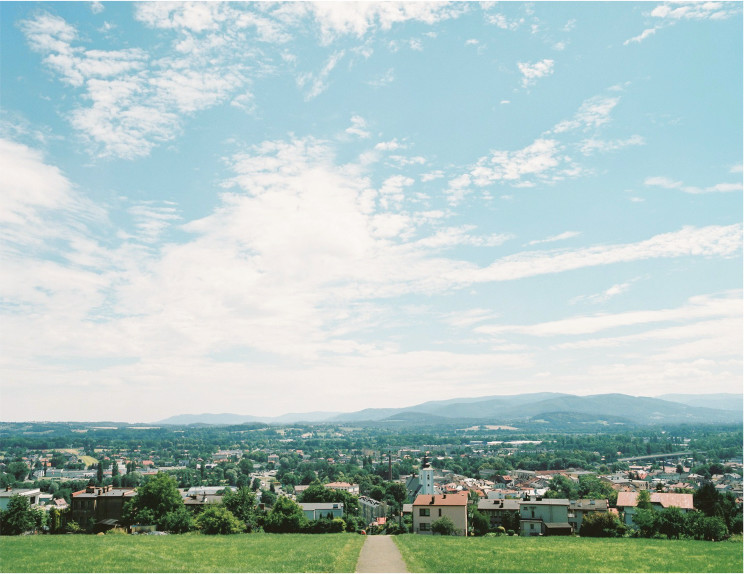
ポーランドの京都、クラコフへ。情緒ある歴史と文化の中心地
ヨーロッパの中央に位置するポーランド。北はバルト海に面し、時計回りにロシアの飛地カーニングラード、リトアニア、ベラルーシ、ウクライナ、チェコとスロバキア、ドイツと国境を接しています。その南部に位置するかつての首都であった、歴史ある街クラコフを訪れました。
梅雨の蒸し暑さを逃れるように関西国際空港を飛び立った飛行機は、アムステルダムを経由し、ポーランド・クラコフのバリツェ空港へ到着。時刻は夜10:30を回ったところで、こじんまりとした空港内は、がらんとしていて少し物寂しい印象。空気は乾燥してびゅうと時折吹く風が冷たくて、シャツ一枚羽織っても心細い。地図上の緯線をたどって日本を目指すと、指先は北海道の北、オホーツク海へ。防寒着を持ってこなかったことを少しだけ後悔しました。
「ここクラコフは、ポーランドで最も歴史のある都市のひとつで、ワルシャワが東京ならクラコフは京都のようなイメージでしょうか」。今回通訳兼コーディネーターとして空港まで迎えに来てくれた鈴木さんが教えてくれる。ポーランド人の奥さまと結婚して首都のワルシャワに12年お住まいだという鈴木さんは、イランの大学でペルシャ語を取得し、家具や雑貨を取り扱うお仕事をされている国際人。まだ平和だった頃のシリアにもアラブ語を習得するために暮らしていたこともあるそうです。
Poland is located at the center of Europe, with the Baltic Sea to the north. Clockwise, it is bordered by Russian enclave Kaliningrad, Lithuania, Belarus, Ukraine, the Czech Republic, Slovakia, and Germany. We visited Kraków, which was once the capital of the country, in Southern Poland.
Our plane took flight at the Kansai International Airport as if evacuating from the humid heat of Japan's rainy season. After a brief stop in Amsterdam, we arrived at Kraków's Balice Airport. It was past 10:30 at night and the small airport felt empty and a bit lonely. The air was dry and cold, enough so that an added layer was not enough to counter the gusts of wind that would occasionally rush through. Tracing the latitude line to Japan on a map, we found Kraków was located north of Hokkaido in the Sea of Okhotsk. In North America that would be Alaska. We regretted not bringing winter clothing.
“Kraków is a city with some of the richest history in Poland. If Warsaw is Tokyo, Kraków would be Kyoto,” said Suzuki-san, our interpreter and coordinator who met us at the airport. Married to a Polish woman and living in Warsaw for 12 years, Suzuki-san is a true citizen of the world. He learned Persian at a university in Iran and now trades furniture and general merchandise for work. He also lived in Syria for some time to learn Arabic when it was still safe.

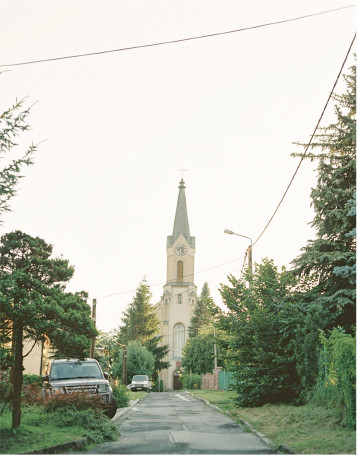
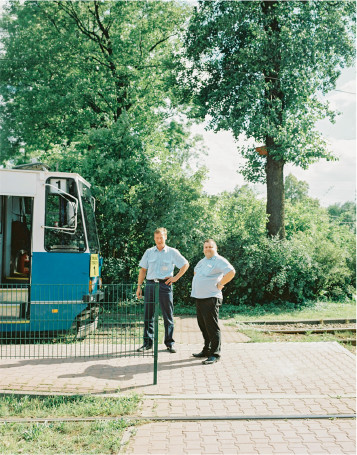

「クラコフは17世紀のはじめにワルシャワに還都するまではポーランドの首都だったんです。観光地としてももちろん人気ですが、歴史的に見ても工業と文化の中心地として重要な都市なんです」。クラコフは、第二次世界大戦中も戦火を逃れた数少ない都市のひとつで、歴史的な建造物が中世のまま残っている。それがポーランドの京都と日本人が呼称する理由なのだそう。「クラコフには大学をはじめとする教育施設が充実していて学生がたくさん住んでいますよ。特殊な語学を学ぶ学部も多いので若い人は英語が堪能な人が多いですね。そういう意味ではワルシャワよりも国際的な印象です」。翌日、僕たちはそんな街の雰囲気を感じるために、クラコフ市街地をふらりと散策に出かけてみることにしてみました。
“Kraków was the capital of Poland until the government returned to Warsaw at the beginning of the 17th century. It's popular as a tourist destination, yes, but it's also historically important as the center of industry and culture,” says Suzuki-san. Kraków is one of the few cities that avoided destruction during World War II. Many historical structures are preserved from the Middle Ages. That must be part of the reason Japanese people often describe Kraków as the Kyoto of Poland. “Universities and educational facilities are very advanced in Kraków, so there are many students living here. There are a wide variety of majors in rare languages and most young people here speak English with ease. In that way I consider Kraków to be more international than Warsaw.” The following day we decided to walk around this international city to experience it first hand.
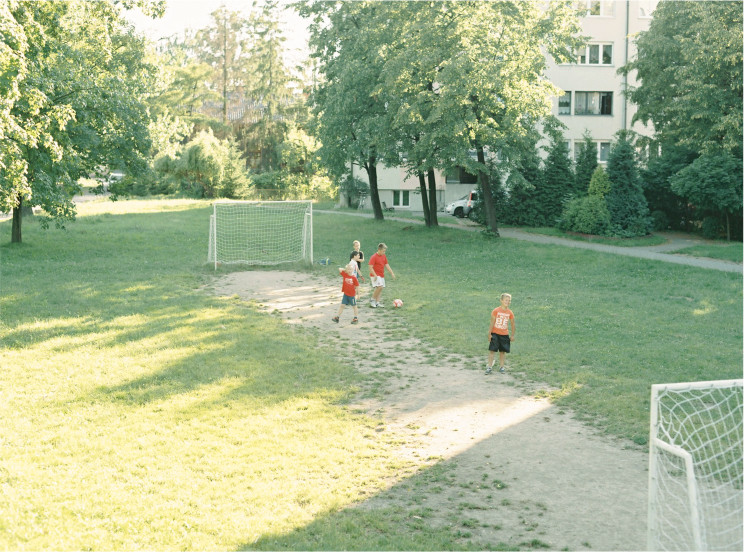
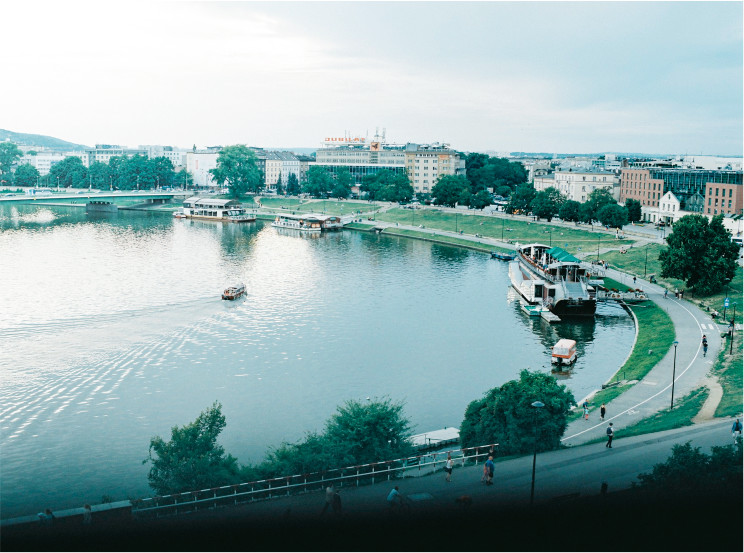
歴史を乗り越えてきたフェルトの帽子工場。
クラコフから西へ車を走らせることおよそ2時間、チェコとの国境近くにあるスコチョフという小さな街にやってきました。人口14,000人ほどの小さな街に、マチュアーハがフェルト材料の製作を依託しているPOLKAP(ポルキャップ)社があります。
工場はちょうど今、大規模なリノベーションを行っている最中で、100年以上稼働し続けてきた味わい深い建屋と、ペンキも乾ききらないまっさらな建屋が並ぶ姿を見ることができました。共産主義時代の無骨で飾りのない雰囲気もカッコよく思えたけれど、安全性や製品の品質を保つためにはこうした変化も必要なことなのかもしれません。
「ジエン・ドブリィ(こんにちは)!」。爽やかに迎えてくれたのはスタッフのゴーシャさんと、優しい眼差しの中に実業家としての鋭さを携える社長のヘルジィックさん。活気ある議論が行われている企画室や会議室を通り抜け、社長室に案内してもらいました。「1924年に創業したポルキャップ社は、創業当時からラビットファーとウールの2種類の毛を使った帽体を製造してきましたが、実はこの工場、もう少し歴史が深いんです。もともとはオーストリア帝国領時代にユダヤ系オースリア人の実業家がヒッケル&サンズという名前ではじめました。当時はオーストリア国境内に広大な面積をもって稼働していたんですよ。その後、第二次世界対戦時にはドイツ国営の帽子工場となり、92年前に我々ポルキャップが引き継ぎました」。
今回宿をとったクラコフ南部には、カジミェシュ地区というユダヤ人街があって、そこで見かける帽子のほとんどはポルキャップで製造されているのだそう。イスラエルやアメリカといった大きなユダヤ系コミュニティへも届けられるという帽子の数を思うと、少し途方に暮れてしまいます。「ポーランド軍の軍帽も、今や少数ですがジビエという街の古来から伝わる民族帽子もポルキャップ製なんですよ。歴史を重ねながら、文化や社会と深く関わってきた結果のひとつなのでしょう」。
After a two-hour car ride west from Kraków we arrived at a small town called Skoczow near the border with the Czech Republic. In this small town of 14,000 residents stands the POLKAP Company's factory, which does work on consignment for mature ha., manufacturing felt materials.
The factory was in the midst of a major renovation so we saw the old buildings, which were over 100 years old, with the brand new buildings, which were painted so recently we couldn't touch the walls yet. The rustic look from communist times gave the factory a strangely appealing atmosphere of its own, but renovations were inevitable for safety and to maintain product quality.
“Dzień dobry (Hello)!” we were greeted cheerfully by Gosia, a staff member, and Alec, president of POLKAP. Alec has a kindness in his eyes balanced nicely with the sharpness of a businessman. We walked through conference and development rooms bustling with energetic discussion, arriving at the president's office. “Founded in 1924, we at POLKAP Company have always used rabbit fur and wool for our hats, but this factory's history actually goes back even further. Originally, it was used by a Jewish Austrian business man under the name Hickel and Sons. At the time he had a massive amount of land in Austria where his factories operated. During World War II this factory was run by the German government and 92 years ago we took ownership of the factory as POLKAP Company.”
Near our hotel in Southern Kraków is a historically Jewish district called Kazimierz. Most hats seen there are manufactured by POLKAP. It's overwhelming to think of the number of hats delivered from this factory when you factor in deliveries to large Jewish communities like the ones in Israel and the United States. “The Polish army's hats, though few in number now, and hats worn traditionally in the small town of Giby are manufactured by POLKAP. Such ties are a direct result of our deep connection with culture and society throughout history.”
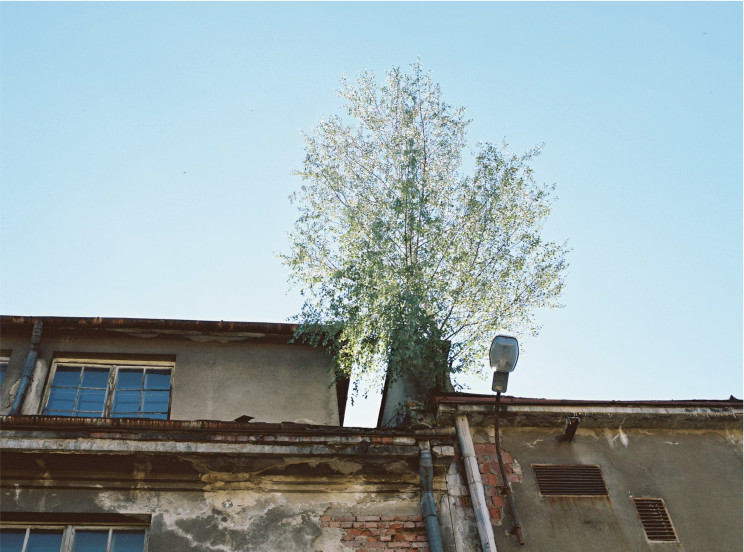

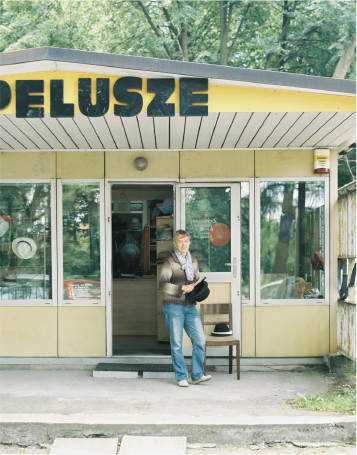
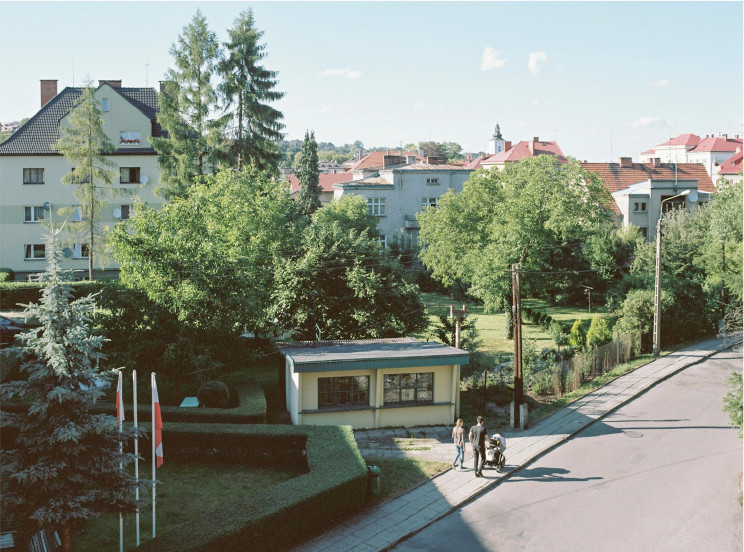
INTERVIEW WITH GOSIA
- ポーランドでは、ファッションとして帽子は被るの?
- 個人的には帽子はあまり被りません。でも、第二次大戦時は帽子は生活の一部で、普段から身につけているのはやっぱり年配の方ですね。スーツと合わせたり。例えば日曜日、教会に行く時に被ったり…。その習慣はだんだん薄れていってしまったけど、今また新しい波がポーランドではきていると思います。お店を見ても、若い世代に向けた帽子が増えてきているし、モールやショッピングセンターには帽子専門店も出店しています。今ようやく若い年代に向けてファッション的なアプローチが始まっていると感じます。
- 工場の敷地内にショップがありますね。
- 帽子ってネットで買うにはちょっとハードルが高いですよね。実際に被ってみて、サイズを調整して買いたいという方がいらっしゃいます。そうそう結構遠くからも!たとえばポーランドの北、フィンランドとの国境付近にある、グダインスカという街から来られてフィッティングして買っていく方もいらっしゃるし、チェコからもよくいらっしゃいます。
- 作り手からすると、ユーザーのリアルな言葉が聞ける場ですね。
- そうかもしれないですね。そういえば嬉しい話があります。あるお客さまが50年前に買った帽子を大切に使われていて、古くなったからと買いに来られたり。家族のためにという方も少なくないですね。帽子を受け継ぐという意味も込めて贈られますよ。
- 日本の帽子については?
- 技術大国でテクノロジー的に進んでいる印象です。日本の帽子の業界で言えば、まだまだマーケットの可能性を感じています。私たちのつくるフェルトの帽子も、まだ日本ではシェアが小さいので、これから進出していければとブランディングも含めて、戦略を練っているところです。
- マチュアーハの帽子をどう思いますか?
- ポルキャップの商品とは違った、クリエイティブなマインドを感じます。新しい次元のものを生み出そうという姿勢というか。シンプルな中にいろいろな情報が詰まっているように思います。このカタログ!ブランディングも素晴らしいですね!
- Are hats worn commonly in Poland as part of fashion?
- Personally, I don't wear hats very much. But during World War II hats were part of everyday life. Now people who wear them regularly are mainly older people. They wear them with suits or when they go to church on Sundays. Little by little, the practice of wearing hats has faded away but now I think there is a new wave of people in Poland who enjoy hats. Just by looking around town you can see there are more hats tailored to younger generations and there are specialty hat stores popping up in malls and shopping centers. I think there's more of a fashion approach to hats that is starting to take root with young people.
- We noticed there's an on-site hat store here at POLKAP.
- Buying hats online isn't easy. Most people want to try on a hat and have the size adjusted for them. Some people come from quite far away! We've had people come see us for hat fittings from a town called Gdańsk all the way in Northern Poland near the border with Finland. We often have people come from the Czech Republic for fittings, too.
- It sounds like a great opportunity for you all
as makers of hats to hear the thoughts of your users directly. - You could be right about that. Here's a story that made me happy. One customer had been taking very good care of a hat they bought 50 years ago, but it finally wore out and they came back to buy another. Many people come to buy hats as gifts for their family, too. They often buy the same hat to pass on to the next generation.
- What do you think of hats in Japan?
- My impression of Japan is that it's a technologically advanced country. Speaking to the hat industry in Japan, I think there is a large market potential. The felt hats we make are just a small share of that market, so we are putting a strategy together and creating better branding to tap into that market more.
- What do you think of the hats of mature ha.?
- They differ from POLKAP hats in that they are derived from a creative place. Their intention seems to be to create something completely new. I feel their hats have a lot of information packed into something very simple. And just look at this catalogue! The branding is fantastic!

